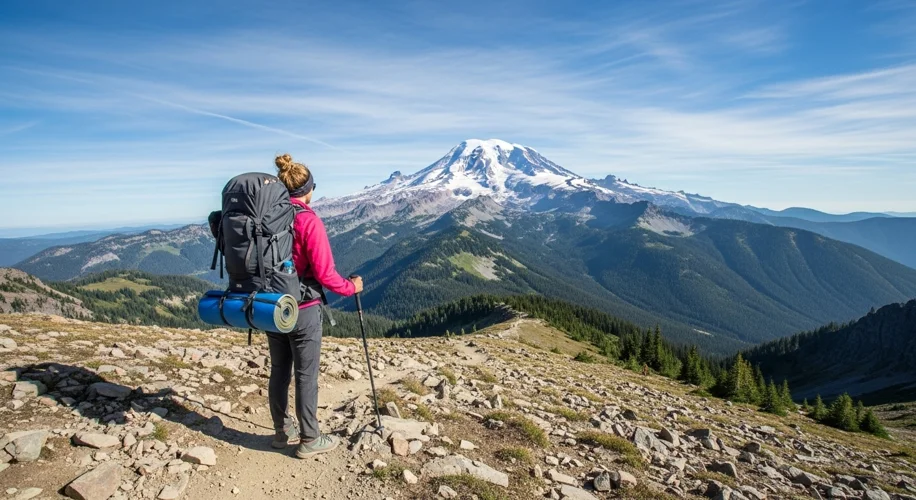Well, I’ve done it! I’ve just finished hiking the Wonderland Trail, a journey that tested my limits and rewarded me with unparalleled views. For those of you who, like me, have a deep appreciation for both history and the call of adventure, this trek offered a unique blend of challenges and insights, much like navigating the archives of the past.
Planning a long-distance backpacking trip requires a certain kind of historical research – meticulous, forward-thinking, and adaptable. The Wonderland Trail, encircling Mount Rainier in Washington State, is no exception. It’s a 93-mile loop with over 22,000 feet of elevation gain, demanding serious preparation.
Travel Planning: More Than Just Booking a Ticket
When I embark on my historical research trips, I spend hours poring over maps, diaries, and scholarly articles. Trail planning is similar, though the primary sources are topographic maps and trail reports. Securing permits for the Wonderland Trail is notoriously competitive. It’s a lottery system, and you need to apply months in advance. This reminds me of seeking access to rare documents in European archives; patience and persistence are key. I learned that having alternative dates and routes in mind is crucial, just as having a backup plan when a particular historical source proves elusive.
Gear Selection: Equipping Yourself for the Expedition
Packing for the Wonderland Trail was an exercise in balancing necessity with weight. Every ounce counts when you’re carrying your life on your back for days. I remembered my own research into the provisions of 18th-century travelers – they often carried surprisingly practical, albeit heavy, items. For my trek, I focused on lightweight, durable gear. A good backpack, a reliable tent, a warm sleeping bag, and sturdy hiking boots were essential. I also packed layers of clothing made from synthetic or wool materials, which perform better than cotton in wet conditions. Knowing the terrain and the potential weather, which can change rapidly at higher elevations, is paramount. This is akin to understanding the political and social climate of a period before diving into its specific events.
Trail Navigation: Finding Your Way, Then and Now
Navigating the Wonderland Trail relied on a combination of a map, a compass, and a GPS device. While modern technology offers incredible precision, understanding how to use a map and compass is a fundamental skill, much like deciphering an 18th-century handwritten document. There were moments, particularly in areas with less-defined paths or in fog, where my ability to orient myself using natural landmarks and the map proved invaluable. It’s a connection to a more ancient form of exploration, where keen observation and understanding of the landscape were the primary tools.
This journey was a powerful reminder that preparation, adaptability, and a deep respect for the environment are as vital for traversing a mountain trail as they are for uncovering historical truths. The history of exploration is filled with stories of individuals venturing into the unknown, equipped with the knowledge and tools available to them. My own small adventure on the Wonderland Trail offered a fresh perspective on the enduring spirit of discovery.
As I rest and reflect, I’m already thinking about where the next exploration will lead, perhaps to a forgotten archive or a lesser-known historical site.

